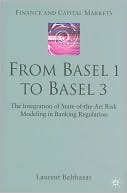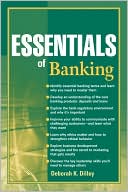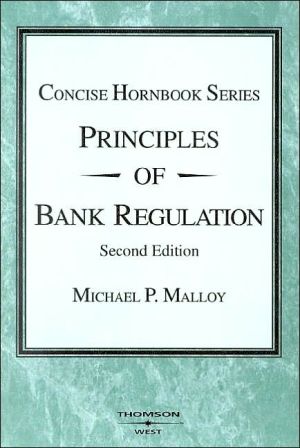From Basel 1 to Basel 3: The Integration of State of the Art Risk Modelling in Banking Regulation
Search in google:
The book covers topics related to banking regulation and credit risk modelling. The proposed rules are presented and key issues regarding implementation of the accord identified. The model used to calibrate the capital requirements under Basel 2 is analyzed and projected forward to present what could be key new elements in the future Basel 3 regulation. A CD-ROM is included to illustrate regulator models.
List of Figures, Tables, and Boxes ixAcknowledgments xivList of Abbreviations xvWebsite xixIntroduction 1Current Banking RegulationBasel 1 5Banking regulations and bank failures: a historical survey 5The Basel 1988 Capital Accord 16The Regulation of Market Risk: The 1996 Amendment 23Introduction 23The historical context 24Amendment to the Capital Accord to incorporate market risk 27Critics of Basel 1 32Positive impacts 32Regulatory weaknesses and capital arbitrage 33Description of Basel 2Overview of the New Accord 39Introduction 39Goals of the Accord 39Open issues 40Scope of application 41Treatment of participations 42Structure of the Accord 44The timetable 47Summary 47Pillar 1: The Solvency Ratio 49Introduction 49Credit risk - unstructured exposures - standardized approach 50Credit risk - unstructuredexposures - IRB approaches 58Credit risk: securitization 63Operational risk 73Pillar 1 treatment of double default and trading activities 76Pillar 2: The Supervisory Review Process 89Introduction 89Pillar 2: the supervisory review process in action 90Industry misgivings 93Pillar 3: Market Discipline 95Introduction 95Pillar 3 disclosures 95Links with accounting disclosures 96Conclusions 99The Potential Impact of Basel 2 101Introduction 101Results of QIS 3 101Comments 104Conclusions 105Implementing Basel 2Basel 2 and Information Technology Systems 109Introduction 109Systems architecture 109Conclusions 112Scoring Systems: Theoretical Aspects 114Introduction 114The Basel 2 requirements 115Current practices in the banking sector 117Overview of historical research 119The data 123How many models to construct? 126Modelization steps 127Principles for ratio selection 130The logistic regression 133Performance measures 136Point-in-time versus through-the-cycle ratings 142Conclusions 144Scoring Systems: Case Study 145Introduction 145The data 145Candidate explanatory variables 148Sample selection 154Univariate analysis 155Model construction 171Model validation 175Model calibration 178Qualitative assessment 179Conclusions 181Hypothesis Test for PD estimates 182Comments on low-default portfolios 187Loss Given Default 188Introduction 188LGD measures 188Definition of workout LGD 189Practical computation of workout LGD 190Public studies 194Stressed LGD 198Conclusions 199Implementation of the Accord 200Introduction 200Internal ratings systems 201The quantification process 201The data management system 202Oversight and control mechanisms 203Conclusions 204Pillar 2: An Open Road to Basel 3From Basel 1 to Basel 3 209Introduction 209History 209Pillar 2 211Basel 3 211Conclusions 212The Basel 2 Model 214Introduction 214A portfolio approach 214The Merton model 217The Basel 2 formula 219Conclusions 235Extending the Model 237Introduction 237The effect of concentration 237Extending the Basel 2 framework 238Conclusions 247Integrating Other Kinds of Risk 248Introduction 248Identifying material risks 248Quantification and aggregation 276Typical capital composition 279Conclusions 280Conclusions 283Overview of the book 283The future 284Bibliography 286Index 291







